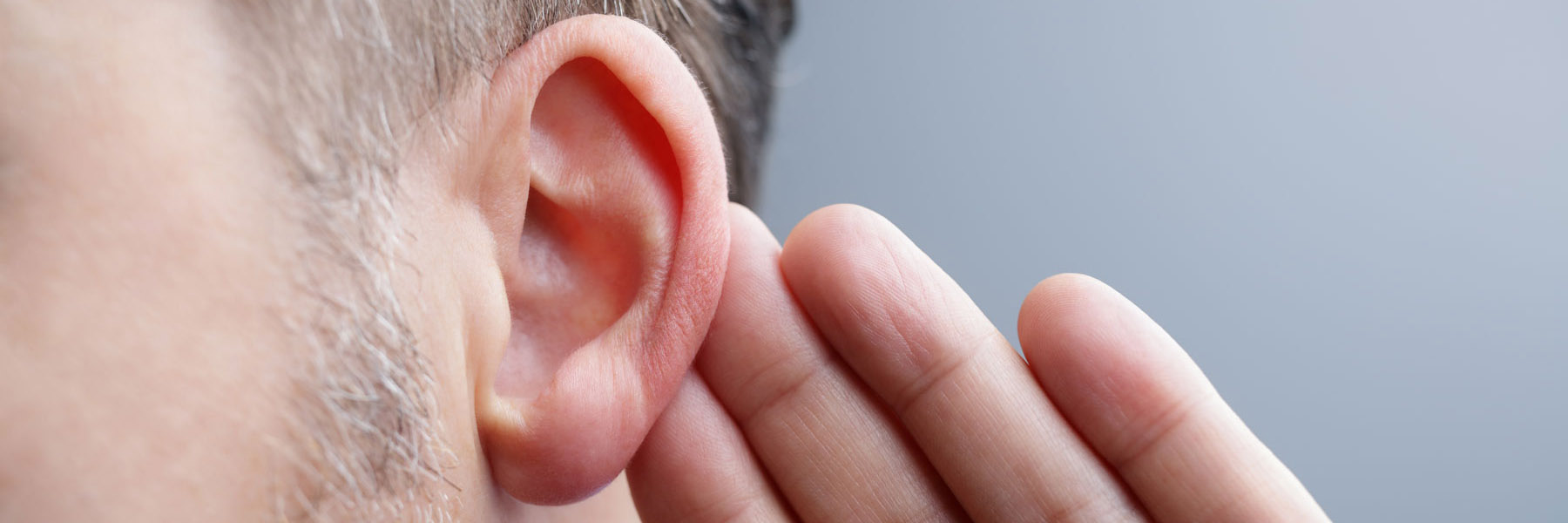New Tech Makes Growing Older Gracefully a Bit Easier

There are exciting new advances for seniors with hearing and balance issues.
As an audiologist, I’ve treated many adults aged 65 and older. And I’m pleased to say that this is a great time to age gracefully! Advanced technology and therapies are now available to help seniors hear better and maneuver more safely—and discreetly—through the world.
Can you hear me now?
Hearing aids have come a long way from the clunky, noisy devices that could be spotted from across the street.
When I talk with patients considering hearing aids for the first time, they describe difficulty hearing and understanding conversation (especially with background noise), needing to ask for repetition, and often feeling lost during conversations. They describe a feeling of frustration, embarrassment, and sometimes isolation due to their hearing difficulties, but hesitate to pursue hearing aids out of concern it will make them look or feel “old.”
Modern hearing aids are smaller, smarter and more useful than ever. The hearing aids I fit for my patients are digitally programmed to their hearing loss. This allows me to make fine-tuning adjustments based on their specific hearing concerns. Today’s hearing aids can automatically change how they process incoming sounds to maximize benefit in different listening situations, like noisy restaurants. New Bluetooth connectivity capabilities allow my patients to adjust the volume and settings directly and discreetly from their smartphones, stream phone calls hands-free to both ears and listen to music through their hearing aids.
With devices that are nearly invisible in the ear canal and small devices hidden behind the ear, most new users tell me that their family and friends don’t even notice that they’re wearing hearing aids. I see many of my patients go from trying to hide their hearing concerns to showing off their new hearing aids and what they can do to all their friends.
Let’s get physical
I regularly see older adults who report imbalance while standing and walking but who hesitate to use a walker or a cane for fear of appearing weak and unable to live independently.
While safety is a priority and I often recommend a cane/walker to my patients who are at risk of falling, I have many patients who choose not to use them. I’ve seen my patients get creative. One older man came to all of his appointments holding onto a wheeled suitcase for stability. And I met a charismatic woman who adopted a large dog to hold onto while walking.
So what else is there to do? Vestibular rehabilitation therapy (VRT) is a type of physical therapy that teaches older adults techniques to avoid falls, maintain balance and feel comfortable while standing and walking. This type of therapy can boost older adults’ self-confidence when navigating their environment. It can also help cultivate their body awareness, which helps older patients avoid bumps and scrapes. VRT is also used to manage balance concerns that stem from certain problems in the inner ear.
Many people think that feeling dizzy is a normal part of getting older, and too often the cause of the dizziness goes undiscovered or ignored. Your doctor can help identify why the dizziness happens and suggest appropriate treatment to resolve or manage the problem before it impacts your balance.
Written by Dr. Brianna Kuzbyt, an audiologist at the University of Miami Health System.
Tags: audiology, balance, Dr. Brianna Kuzbyt, hearing aids, hearing and balance, hearing impaired, hearing loss
